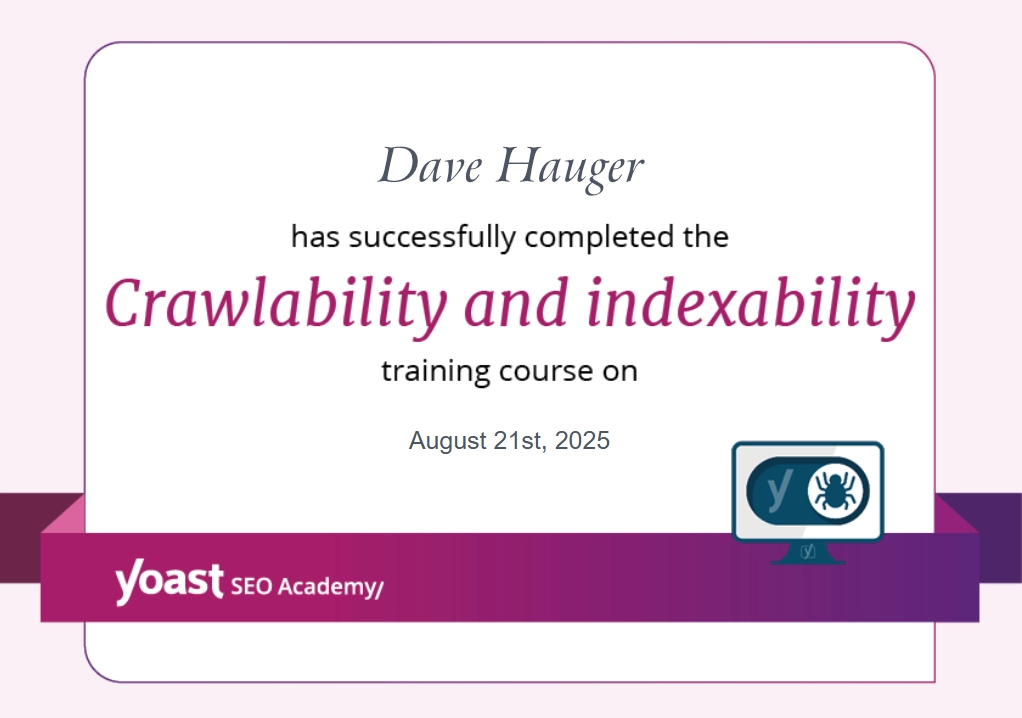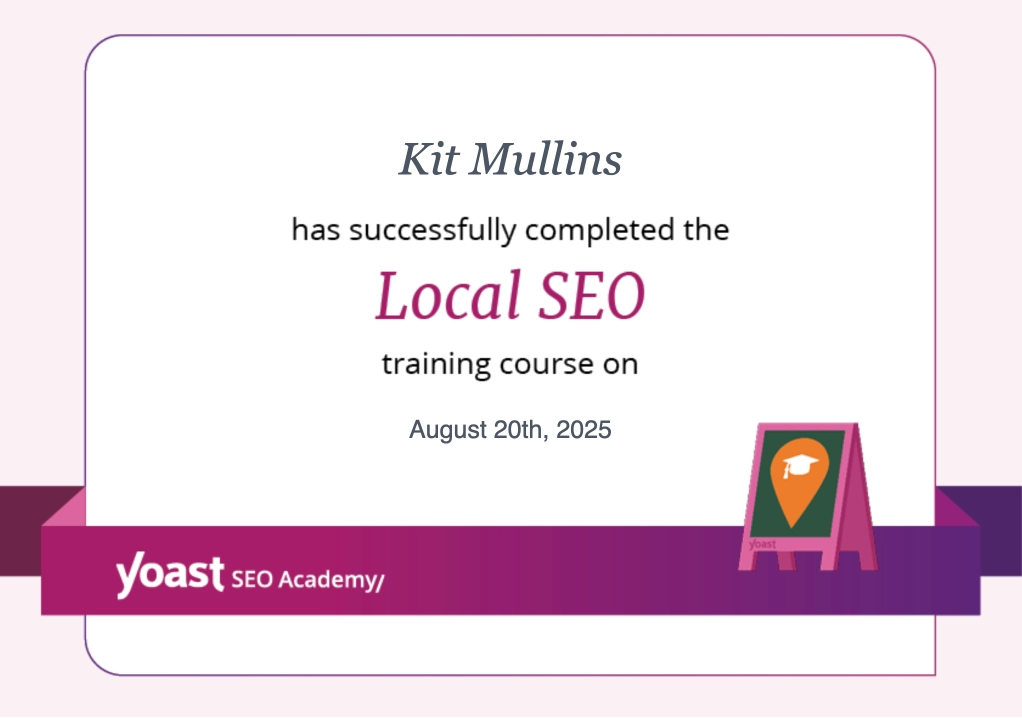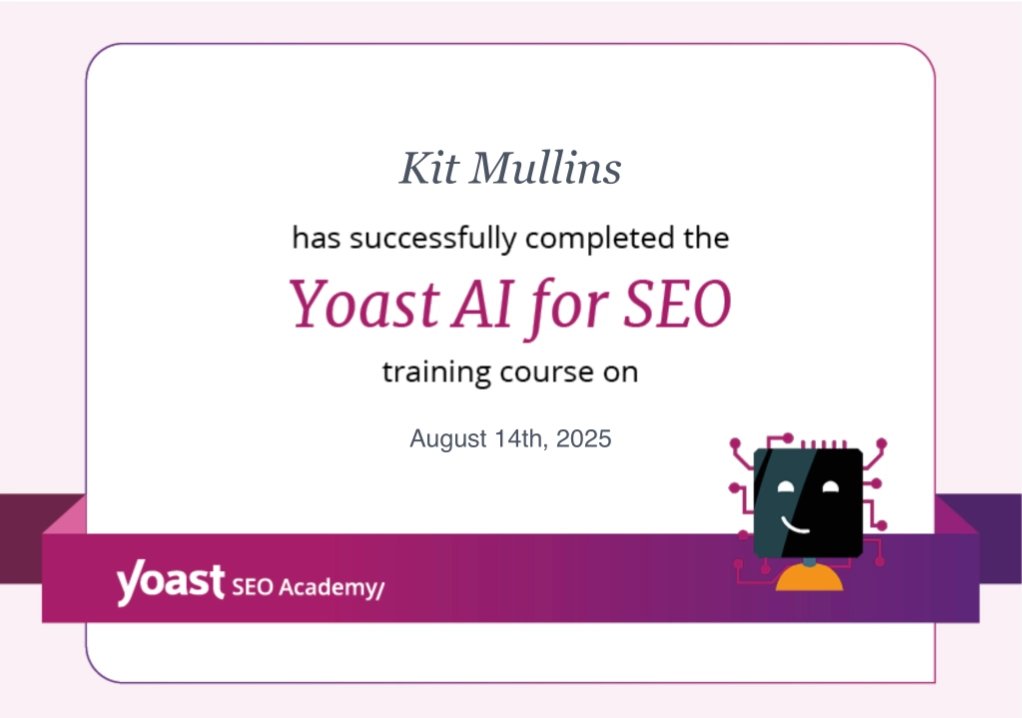Long-Tail Keywords (LTKs) can be your secret SEO weapon for attracting highly specific and actionable traffic.
As anyone not privy to Google’s ever-evolving search engine crawling algorithm can (and should) tell you, SEO (search engine optimization) is a long-term commitment and the process is never finished. Text-based content, meta descriptions, image descriptions, headings, URLs, links… there are an awful lot of factors and knowing the list is an essential part of the uphill battle. Here, we are focusing on one specific and unheralded element of SEO: The Long-Tail Keyword.
But first…
Keywords
While they are not officially designated like the items listed above, keywords woven throughout your site, and the relevance and richness they lend your content, are ultimately the most important factor in SEO. Search engines (Google) seek to find the results that best match a Googler’s inquiry. Google is really good at finding the best results. That’s why it’s so popular. The best results (websites) are those best able to demonstrate to Google’s crawling non-human bots that they have the best and most relevant content. So basically, if you want to show up on the results page when someone searches for “shoes,” your website better be all about shoes, or at least have a lot of shoe-related content.
Over the years, there have been loopholes and cheats that enterprising webmasters have found to artificially boost their SEO. For example; cramming an unnatural amount of keywords into a page, or using trendy keywords in content that had otherwise nothing to do with those particular trends. These practices and many others are always snuffed out by Google’s crawlers, which are constantly improving because—you guessed it—negating shady practices ultimately helps yield better search results to Googlers. Again, Google is very good at this, which is why Google is far and away the top search engine, owning an estimated 70% of the global search engine market.
Back to the “shoes” example. “Shoes” is an incredibly broad term. Try Googling it now. You’re page is likely to be dominated by names like Payless, DSW, Zappos, etc. Those enormous corporations sell shoes online, and as you might expect, their websites have a ton of shoe-related content likely including a separate page for each pair of shoes they sell. Unless you have an operation on that scale, you aren’t going to rank on the first Google results page for the term “shoes.”
Specificity vs. Competition
Long-tail keywords are labeled as such because the longer, more specific phrases that tend to qualify as such, have much less competition than the more generic (“shoes”) ones. If you were to graph such a phenomenon, you could find a fairly strong negative correlation between the number of words in a phrase (call it specificity) and the amount of competition for that phrase in a Google search.
Like this image from Stream-SEO.com suggests, using long-tail keywords is a strategy that emphasizes longer, more-specific keywords:
Long-Tail Keywords (LTKs)
- According to Hitwise, a consumer research company, over 70% percent of searches are of the long-tail variety (meaning they contain 3 or more words).
- According to HitTail, a company specializing in SEO and LTKs, click-through rates (CTRs) are about 2.5 times higher for LTKs than for “head” keywords.
To better demonstrate how long-tail keywords can impact your SEO, let’s look at a slightly more niche example. Say you have a blog or a modest online store devoted to all things gluten free. Google “gluten free” now, and your first page will consist mostly of informational sites (e.g. GlutenFree.com), some nonprofit and/or government sponsored sites (e.g. Celiac.org), and a Wikipedia entry. These are all logical returns for an inquiry such as “gluten free.” However, unless you are Googling “gluten free” for the very first time (or are writing an article like this one), then you probably aren’t going to use that inquiry. If you have Celiac Disease, know someone who does, or are opting to lead a gluten free lifestyle, then you are likely to be Googling much more specific phrases like, “spouse with celiac disease,” or “gluten free pie recipes.” Folks Googling these phrases know exactly what kind of information they are looking for; they just need Google to point them in the right direction.
If you try Googling one of those phrases, some of those broadly focused heavy-hitter sites begin to fall away making room for a few smaller-scale retailers and even bloggers on the first page. If you are reading this article because you have a small business that needs a little help, then that is the part that should cause your “actionable marketing tips” detector to beep wildly.
Paying attention to the kinds of multi-word phrases that are being Googled by consumers in your sector is one way to keep ahead of the curve. If, for example, your world is abuzz with a new trend in the labeling of gluten free items, then writing fresh blog content or a new, information-rich landing page one the subject will allow you to compete for traffic. Work those phrases, and their popular variants, into your content and you can snag the attention of the kinds of actionable consumers who know exactly what they are looking for. LTKs generate less traffic than more generic keywords, but it is more highly-qualified traffic.
In short, infusing your content marketing efforts with relevant LTKs is a great way to own your niche. You operate in that world and you know what the hot topics are. Use your own hard-earned knowledge to make your site and social media accounts a a highly-sought information destination.








